Home>Furniture>Outdoor Furniture>What Makes A Patio Umbrella Wind Resistant
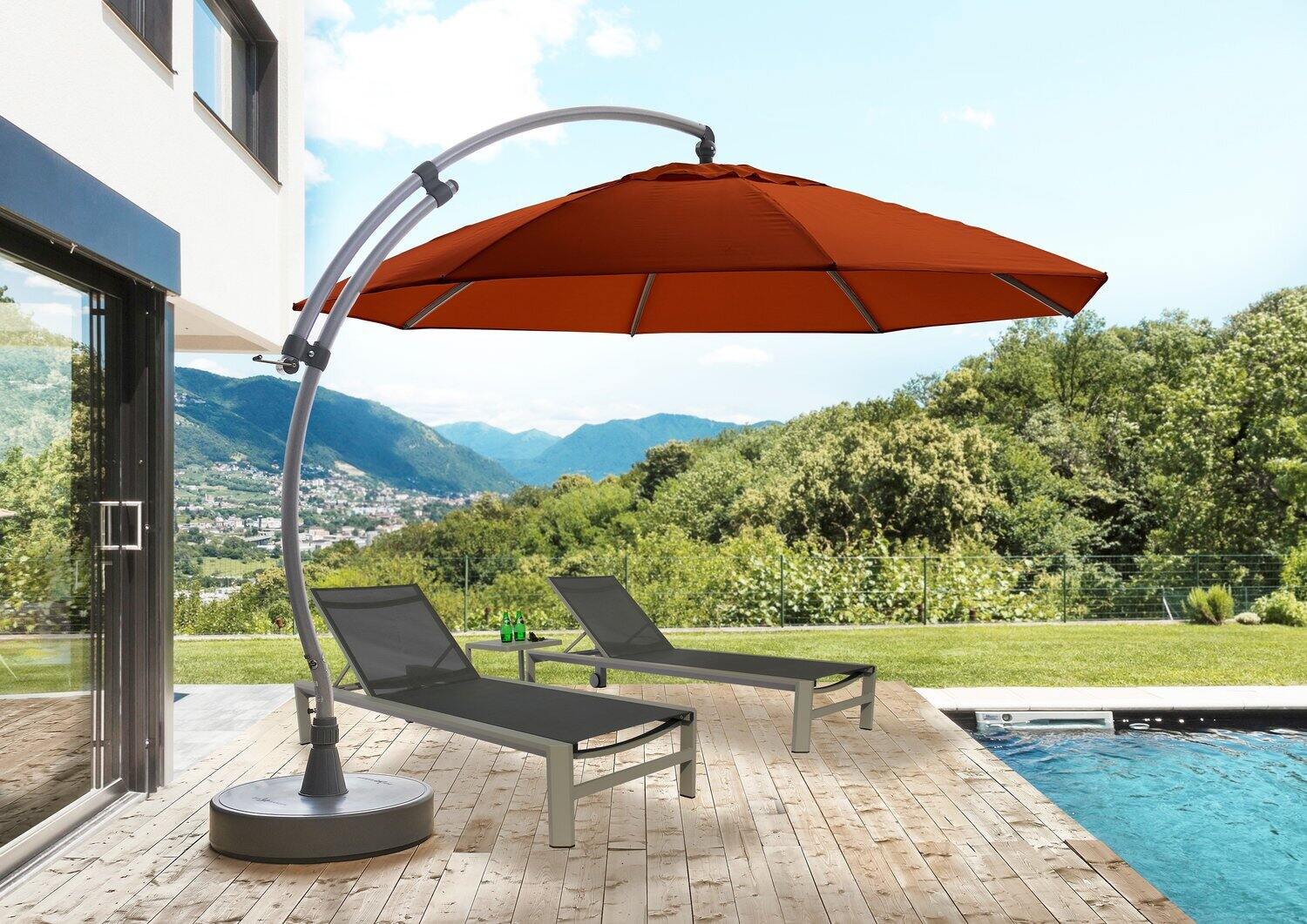

Outdoor Furniture
What Makes A Patio Umbrella Wind Resistant
Modified: March 7, 2024
Discover what features make a patio umbrella wind resistant and ensure your outdoor furniture stays protected. Shop our selection of durable and sturdy umbrellas for any weather conditions.
(Many of the links in this article redirect to a specific reviewed product. Your purchase of these products through affiliate links helps to generate commission for Storables.com, at no extra cost. Learn more)
Introduction
Welcome to our guide on what makes a patio umbrella wind resistant. If you love spending time outdoors and want to create a relaxing and comfortable outdoor space, a patio umbrella is a must-have accessory. Not only do they provide shade on sunny days, but they can also add a touch of elegance to your patio or garden.
However, if you live in an area prone to strong winds or frequently experience gusty weather, choosing a wind resistant patio umbrella becomes essential. Wind can easily damage or even cause a non-wind resistant umbrella to topple over, posing a safety hazard and potentially ruining your outdoor furniture and decor. In this article, we will delve into the key features and factors to consider when shopping for a wind resistant patio umbrella.
Understanding the principles of wind resistance is crucial in choosing the right patio umbrella. Wind resistance refers to the ability of an umbrella to withstand strong winds without tipping over or getting damaged. Wind resistant umbrellas are designed with specific features and materials that enhance stability and durability, allowing them to withstand gales and gusts.
One of the key factors that determine the wind resistance of an umbrella is its frame material. Different materials offer varying levels of sturdiness and flexibility. Additionally, the canopy material plays a crucial role in wind resistance, as it needs to be strong enough to withstand wind pressure while still allowing air to flow through to prevent it from acting like a parachute and catching gusts.
Furthermore, the anchoring system of the umbrella is instrumental in providing stability and keeping the umbrella securely in place during windy conditions. A robust anchoring system helps prevent tipping and ensures that the umbrella remains intact, even during strong gusts.
It’s important to consider other factors, such as umbrella size, shape, and tilt functionality, to ensure that your wind resistant patio umbrella meets your specific needs and aesthetic preferences. Additionally, proper maintenance and care can prolong the lifespan of your umbrella and enhance its wind resistance capabilities.
In the following sections, we will delve deeper into these key features and considerations that make a patio umbrella wind resistant. By the end of this guide, you’ll have the knowledge and confidence to choose a high-quality, durable umbrella that can withstand even the strongest winds, allowing you to enjoy your outdoor space without worry or interruption.
Key Takeaways:
- Choose a wind resistant patio umbrella with aluminum or fiberglass frame and vented canopy to withstand strong winds and ensure safety and comfort in your outdoor space.
- Consider an anchoring system like weighted bases or screw-in anchors to secure your patio umbrella and enjoy worry-free outdoor relaxation, even in gusty conditions.
Read more: What Is The Best Patio Umbrella For Wind
Understanding Wind Resistance
When it comes to patio umbrellas, wind resistance refers to the umbrella’s ability to withstand wind without getting damaged or toppling over. Understanding the principles of wind resistance can help you choose the right umbrella that can withstand the wind conditions in your area.
Wind resistance is determined by several factors, including the umbrella’s frame material, canopy material, and anchoring system. Let’s explore each of these factors in more detail:
1. Frame Material: The frame of the umbrella is crucial for its stability in windy conditions. Umbrellas with frames made of materials like aluminum or fiberglass are known for their durability and flexibility. These materials are lightweight, yet sturdy enough to withstand wind gusts. On the other hand, umbrellas with frames made of wood may be less wind resistant due to their heavier weight and less flexibility.
2. Canopy Material: The canopy material plays a vital role in wind resistance. Look for umbrellas with canopies made of strong and durable materials like polyester or solution-dyed acrylic. These materials are weather-resistant, tear-resistant, and can withstand wind pressure without getting damaged. Additionally, opt for umbrellas with vented canopies, as they allow wind to pass through, reducing the risk of the umbrella acting like a parachute and catching gusts.
3. Anchoring System: A robust anchoring system is essential to keep the umbrella securely in place during windy conditions. Many wind resistant umbrellas feature adjustable tension systems that allow you to tighten the umbrella securely to the ground. Additionally, some umbrellas come with options for additional anchoring accessories like sandbags or weights that can be attached to the base of the umbrella, providing extra stability.
It’s important to note that wind resistance is not solely determined by the individual components of the umbrella but also by proper installation and usage. Ensure that you follow the manufacturer’s instructions for assembling and securing your patio umbrella. Improper installation or failure to secure the umbrella properly can compromise its wind resistance capabilities.
While wind resistant patio umbrellas are designed to withstand breezy conditions, it’s important to exercise caution during severe weather events. If you experience exceptionally strong winds or storms, it’s advisable to close and store your umbrella to prevent any potential damage.
Understanding wind resistance is crucial in choosing the right patio umbrella for your outdoor space. By considering the frame material, canopy material, and anchoring system, you can select a wind resistant umbrella that provides both protection and peace of mind, even during windy conditions.
Key Features of Wind Resistant Patio Umbrellas
Wind resistant patio umbrellas are specifically designed to withstand gusty conditions and keep your outdoor space comfortable and safe. They incorporate various features that enhance stability and durability. Let’s explore the key features to look for when choosing a wind resistant patio umbrella:
1. Sturdy Frame: The frame material of the umbrella is crucial for its wind resistance. Look for umbrellas with frames made of aluminum or fiberglass, as these materials offer a good balance of strength and flexibility. They can withstand strong winds without bending or breaking, ensuring the umbrella remains intact.
2. Vented Canopy: A vented canopy is an essential feature of a wind resistant patio umbrella. Vents are strategically placed on the canopy to allow air to pass through, reducing wind pressure and preventing the umbrella from acting like a sail. This helps to minimize the risk of the umbrella toppling over or getting damaged in gusty conditions.
3. High-Quality Canopy Material: The canopy material plays a crucial role in wind resistance. Opt for umbrellas with canopies made of durable materials like polyester or solution-dyed acrylic. These materials are resilient, water-resistant, and can withstand wind pressure without tearing. Additionally, they provide UV protection, making them ideal for long hours outdoors.
4. Reinforced Joints: The joints of the umbrella should be reinforced to enhance strength and stability. Look for umbrellas with sturdy connection points and reinforcements at the edges. This ensures that the umbrella remains steady even during strong gusts and prevents any potential weak points that may compromise wind resistance.
5. Adjustable Tension System: A wind resistant patio umbrella should have an adjustable tension system that allows you to tighten the fabric securely. This feature helps to prevent the canopy from flapping excessively in the wind, reducing wear and tear and improving stability.
6. Secure Anchoring System: An effective anchoring system is essential for keeping the umbrella stable in windy conditions. Look for umbrellas with sturdy bases that can be firmly secured to the ground. Some umbrellas come with additional features like sandbag anchors or weights that can be attached to the base, providing extra stability.
7. Size and Shape: The size and shape of the umbrella can also impact its wind resistance. Generally, smaller umbrellas are more wind resistant than larger ones, as they provide less surface area for the wind to catch. Choosing an umbrella with a compact and aerodynamic shape can further enhance its wind resistance capabilities.
By considering these key features, you can select a wind resistant patio umbrella that can withstand gusty conditions and provide a cozy and safe outdoor space. Remember to follow manufacturer guidelines for proper installation and maintenance to ensure the longevity of your wind resistant umbrella.
Umbrella Frame Materials
The frame material of a patio umbrella is a critical factor in determining its overall sturdiness, durability, and wind resistance. Different frame materials offer varying levels of strength, flexibility, and resistance to wind and weather elements. Let’s explore some common umbrella frame materials and their characteristics:
1. Aluminum: Aluminum is a popular choice for umbrella frames due to its lightweight nature and excellent durability. Aluminum frames are corrosion-resistant, making them ideal for outdoor use. Additionally, they offer good flexibility, allowing the umbrella to withstand gusts of wind without bending or breaking. Aluminum frames are also easy to maintain and can last for many years with proper care.
2. Fiberglass: Fiberglass frames are known for their exceptional strength and flexibility. They are highly resistant to strong wind gusts and can bend without breaking, making them an excellent choice for wind resistant patio umbrellas. Fiberglass is also resistant to rust, corrosion, and warping, making it a durable option for outdoor use.
3. Wood: Wood frames give patio umbrellas a classic, elegant look. However, not all wood types are suitable for wind resistance. Hardwoods like teak and mahogany are generally more wind resistant than softwoods like pine. Wood frames tend to be heavier than aluminum or fiberglass, which can affect their wind resistance. To enhance wind resistance, look for umbrellas with reinforced wooden frames or those made with laminated wood for added strength.
4. Steel: Steel frames provide excellent strength and durability, making them a suitable choice for areas with strong winds. However, steel frames are typically heavier than other materials, which may affect their portability. Furthermore, it’s important to choose steel frames that are treated to resist rust and corrosion, as exposure to moisture can compromise their integrity over time.
5. Combination Frames: Some patio umbrellas feature combination frames that incorporate multiple materials to optimize their wind resistance capabilities. For example, an umbrella may have a fiberglass upper frame for flexibility and an aluminum lower frame for stability. These combination frames offer a balance of strength, flexibility, and durability, making them ideal for wind resistance.
When selecting an umbrella frame material, consider factors such as the typical weather conditions in your area, the desired weight and portability of the umbrella, and your aesthetic preferences. Remember to choose a frame material that is specifically designed to withstand wind and weather conditions for the best wind resistance and longevity of your patio umbrella.
Regardless of the frame material you choose, proper maintenance and care are essential to ensure the longevity of your patio umbrella. Regularly inspect the frame for any signs of wear or damage, and clean it as recommended by the manufacturer. By choosing the right frame material and taking good care of your umbrella, you can enjoy a wind resistant patio umbrella that provides shade and protection for years to come.
When looking for a wind-resistant patio umbrella, choose one with a sturdy and durable frame, such as aluminum or fiberglass, and a vented canopy to allow wind to pass through.
Umbrella Canopy Materials
The canopy material of a patio umbrella not only adds aesthetic appeal but also plays a crucial role in its wind resistance and overall durability. Choosing the right canopy material can ensure that your umbrella withstands wind gusts while providing reliable shade and protection. Let’s explore some common umbrella canopy materials and their characteristics:
1. Polyester: Polyester is a popular choice for umbrella canopies due to its durability, strength, and resistance to weather elements. It is water-resistant, fade-resistant, and dries quickly, making it suitable for outdoor use. Polyester canopies are known for their affordable price point and wide availability. Additionally, they are lightweight, which can be advantageous for easy setup and portability.
2. Solution-Dyed Acrylic: Solution-dyed acrylic is a premium material known for its exceptional durability and resistance to fading, mildew, and stains. It provides excellent UV protection, making it ideal for prolonged outdoor use. Solution-dyed acrylic canopies have a luxurious feel and offer vibrant colors that retain their brilliance over time. This material is often found in high-end umbrellas and is well-suited for environments with harsh weather conditions.
3. Olefin: Olefin, also known as polypropylene, is a synthetic material that combines durability and affordability. It is resistant to UV rays, mildew, and water, making it suitable for outdoor use. Olefin canopies are lightweight, easy to clean, and quick-drying. This material provides decent color vibrancy but may not match the level of color retention offered by solution-dyed acrylic.
4. Sunbrella Fabric: Sunbrella is a well-known brand in the realm of outdoor fabrics. Sunbrella canopies are made from solution-dyed acrylic fibers, known for their exceptional durability, colorfastness, and resistance to fading and stains. They offer superior protection against UV rays and harsh weather conditions, making them perfect for wind resistant patio umbrellas. Sunbrella fabric is high-quality but comes at a higher price point compared to other materials.
5. Vented Canopies: In addition to considering the material, choosing an umbrella with a vented canopy can significantly enhance its wind resistance. Vented canopies are designed with strategically placed openings that allow wind to pass through, reducing wind pressure and minimizing the risk of the umbrella toppling over in gusty conditions. Vented canopies are typically made from the same materials mentioned above, offering the added benefit of improved wind resistance.
When selecting an umbrella canopy material, consider factors such as weather resistance, durability, colorfastness, and your budget. The right canopy material should provide both functionality and style, ensuring that your umbrella withstands wind while adding beauty to your outdoor space.
Remember to properly maintain your umbrella canopy to prolong its lifespan and maintain its wind resistance capabilities. Follow the manufacturer’s care instructions, which may include regular cleaning, avoiding harsh chemicals, and allowing the canopy to dry thoroughly before folding and storing it. By choosing the right canopy material and providing proper care, you can enjoy a wind resistant patio umbrella that lasts for many seasons to come.
Read more: How To Make A Patio Umbrella Holder
Anchoring Systems for Wind Resistance
Anchoring systems are essential components of wind resistant patio umbrellas. They help secure the umbrella in place and prevent it from tipping over or getting damaged during strong wind gusts. Different anchoring systems provide varying levels of stability and flexibility. Let’s explore some common anchoring systems for wind resistant patio umbrellas:
1. Weighted Bases: One of the most common anchoring systems is a weighted base. Weighted bases are designed to add stability to the umbrella by providing a counterbalance against wind forces. These bases are typically made of materials like concrete or plastic and can be filled with sand, water, or other weighted materials. They are easy to use and offer a solid foundation for the umbrella, ensuring that it remains upright even in windy conditions.
2. Ground Insert Anchors: Ground insert anchors, also known as ground sleeves or ground spikes, are another popular anchoring system used for wind resistance. These anchors are inserted into the ground, providing a secure attachment point for the umbrella. Ground insert anchors offer a stable and permanent solution for windy areas. However, they require some installation work and may limit the mobility of the umbrella.
3. Screw-In Anchors: Screw-in anchors, also called auger anchors, provide a reliable and portable anchoring solution. These anchors feature a spiral shape that is twisted into the ground easily. They are typically made of sturdy materials like steel or aluminum. Screw-in anchors are easy to install and remove, making them a convenient option for different locations and umbrellas.
4. Sandbags or Weights: Another option for anchoring patio umbrellas is the use of sandbags or weights. These are placed on top of the umbrella’s base or attached securely to it. Sandbags or weights add extra stability to the umbrella, making it more resistant to wind gusts. They are easy to set up and can be adjusted or repositioned as needed.
5. Combination of Anchoring Systems: For maximum wind resistance, some wind resistant patio umbrellas feature a combination of multiple anchoring systems. These umbrellas may have a weighted base with the option to use ground insert anchors or screw-in anchors for added stability. This combination allows for flexibility and adaptability in different outdoor situations and wind conditions.
It’s important to ensure that the anchoring system you choose is compatible with your patio umbrella and provides sufficient stability for the wind conditions in your area. Follow the manufacturer’s guidelines for proper installation and usage of the anchoring system to ensure optimal wind resistance.
Remember that even with a reliable anchoring system, it’s advisable to close and store your patio umbrella during severe weather conditions such as storms or high winds. This extra precaution helps minimize the risk of damage to both the umbrella and your outdoor space.
By selecting an appropriate anchoring system and properly securing your patio umbrella, you can enjoy a wind resistant setup that allows you to enjoy your outdoor space in peace, even during gusty days.
Additional Considerations for Wind Resistant Patio Umbrellas
While selecting a wind resistant patio umbrella with sturdy frame materials, a durable canopy, and an effective anchoring system is crucial, there are some additional considerations to keep in mind to ensure optimal wind resistance. Let’s explore these factors:
1. Umbrella Size and Shape: The size and shape of the umbrella can affect its wind resistance. Generally, smaller umbrellas are more wind resistant than larger ones, as they present less surface area for the wind to catch. Consider the dimensions of your outdoor space and the level of wind conditions in your area when choosing the appropriate size and shape of your umbrella for optimal stability.
2. Tilt Functionality: Some wind resistant patio umbrellas come with tilt functionality, allowing you to adjust the angle of the canopy. Tilt functionality provides versatility in adjusting the umbrella against the wind direction, minimizing the risk of being caught by strong gusts. Consider selecting an umbrella with a tilt mechanism to enhance wind resistance.
3. Maintenance and Care: Proper maintenance and care of your wind resistant patio umbrella are essential to ensure its longevity and effectiveness. Regularly inspect the umbrella for any signs of wear, such as loose connections or tears in the canopy. Clean the umbrella as recommended by the manufacturer, using mild soap and water, and allow it to dry completely before storing. Additionally, close and secure the umbrella when not in use to prevent damage from unforeseen wind gusts.
4. Wind Speed Rating: Some wind resistant patio umbrellas come with a wind speed rating. This rating indicates the maximum wind speed that the umbrella can withstand without tipping over or getting damaged. Consider umbrellas with higher wind speed ratings for areas with consistently strong wind conditions or if you live in a particularly windy location.
5. Professional Installation: If you’re unsure about selecting or installing a wind resistant patio umbrella on your own, it may be beneficial to seek professional help. Professional installers can assess your outdoor space, recommend the most suitable umbrella options, and ensure proper installation for optimum wind resistance. Their expertise can give you peace of mind and save you time and effort.
6. Weather Monitoring: It’s important to stay informed about the weather conditions in your area. Keep an eye on weather forecasts and heed any warnings or advisories regarding strong winds or storms. If severe weather is expected, it’s best to close and store your umbrella to prevent any potential damage.
By considering these additional factors, along with the key features we discussed earlier, you can make an informed decision when choosing a wind resistant patio umbrella. Remember to prioritize safety and regularly inspect and maintain your umbrella to ensure its effectiveness in withstanding wind and weather conditions.
Investing in a high-quality wind resistant patio umbrella will not only provide comfort and shade but also offer peace of mind during windy days, allowing you to fully enjoy your outdoor space without worrying about the stability of your umbrella.
Conclusion
Choosing a wind resistant patio umbrella is essential for creating a comfortable and safe outdoor space. By understanding the principles of wind resistance and considering key features such as frame materials, canopy materials, and anchoring systems, you can select an umbrella that can withstand gusty winds and provide reliable shade and protection.
When it comes to frame materials, opt for materials like aluminum or fiberglass that offer a balance of strength and flexibility. These materials are lightweight yet durable, allowing the umbrella to withstand strong winds without bending or breaking. Canopy materials such as polyester, solution-dyed acrylic, and Sunbrella fabric provide durability, UV protection, and resistance to fading and weather elements.
Anchoring systems play a crucial role in securing the umbrella and preventing it from tipping over during windy conditions. Weighted bases, ground insert anchors, screw-in anchors, and sandbags or weights offer stability and flexibility in different outdoor settings.
Additional considerations such as umbrella size and shape, tilt functionality, proper maintenance and care, wind speed ratings, and professional installation can further enhance the wind resistance of your patio umbrella. Stay informed about weather conditions in your area and take necessary precautions, such as closing and storing your umbrella during severe weather events.
Investing in a wind resistant patio umbrella not only provides practical benefits but also allows you to enjoy your outdoor space without worry. Whether you’re lounging by the pool, hosting a backyard barbecue, or simply relaxing with a book, a wind resistant patio umbrella ensures that you can enjoy the outdoors in comfort and safety.
Consider your specific needs, the climate of your region, and the aesthetics of your outdoor space when choosing a wind resistant patio umbrella. By following the guidelines in this guide and selecting a high-quality umbrella, you can create an inviting outdoor environment that can withstand even the strongest gusts of wind.
Remember to regularly inspect and maintain your umbrella, follow manufacturer guidelines, and exercise caution during severe weather conditions. With the right wind resistant patio umbrella, you can make the most of your outdoor space, protect your furniture and decor, and create a welcoming atmosphere for friends and family.
Frequently Asked Questions about What Makes A Patio Umbrella Wind Resistant
Was this page helpful?
At Storables.com, we guarantee accurate and reliable information. Our content, validated by Expert Board Contributors, is crafted following stringent Editorial Policies. We're committed to providing you with well-researched, expert-backed insights for all your informational needs.
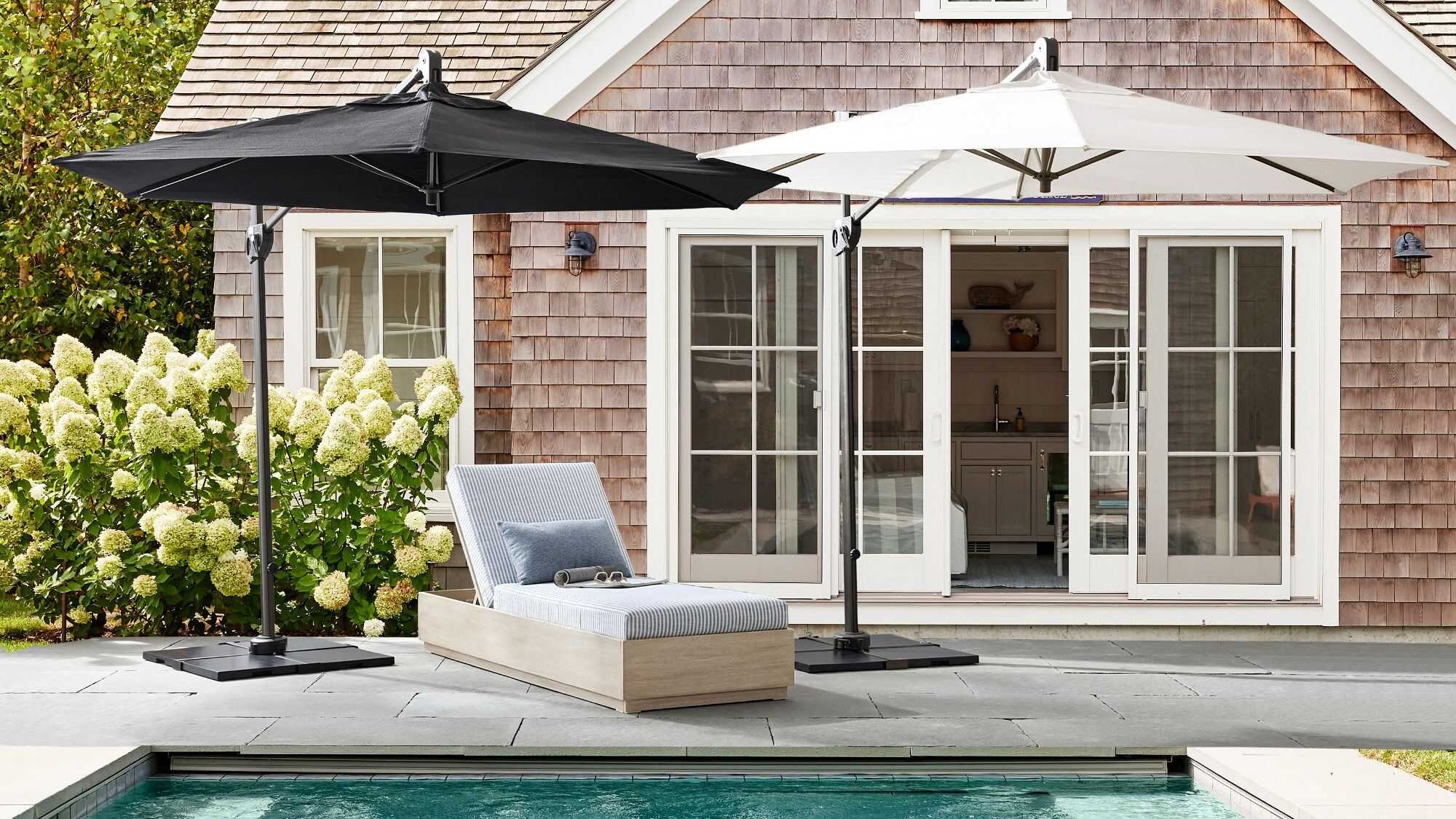
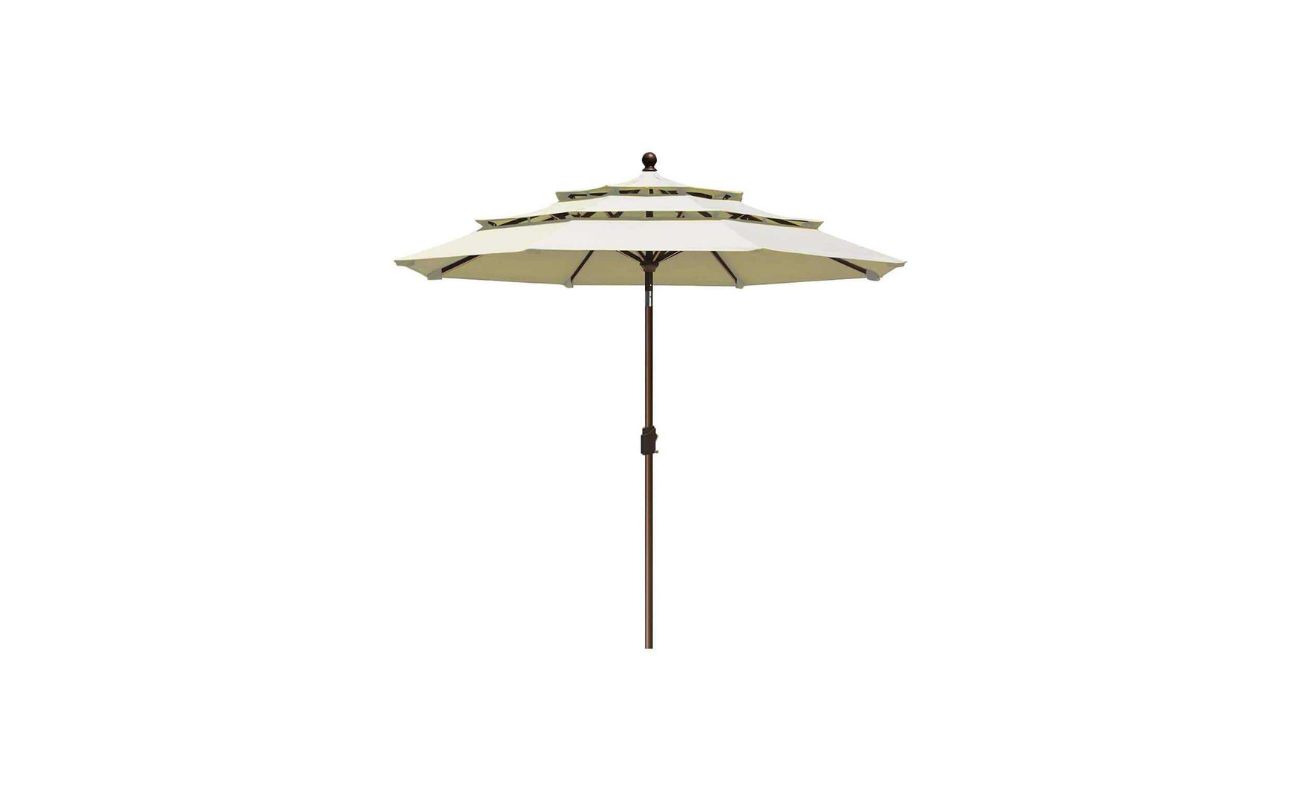
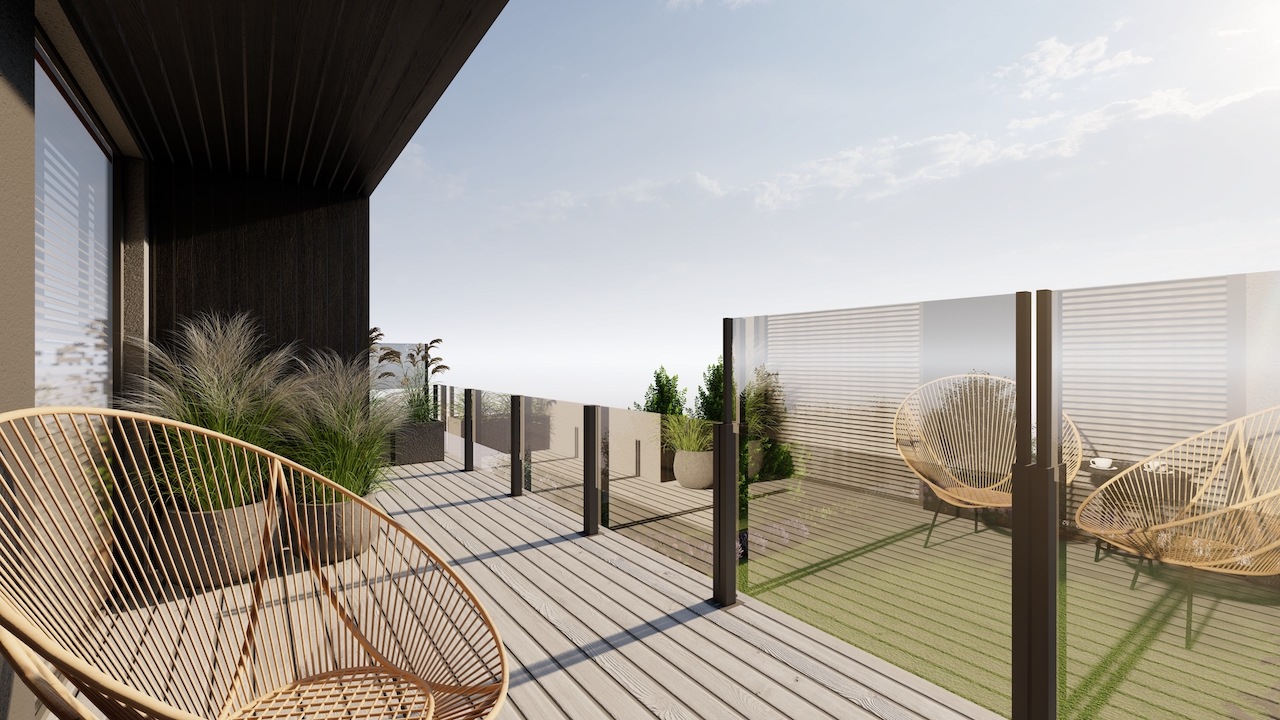
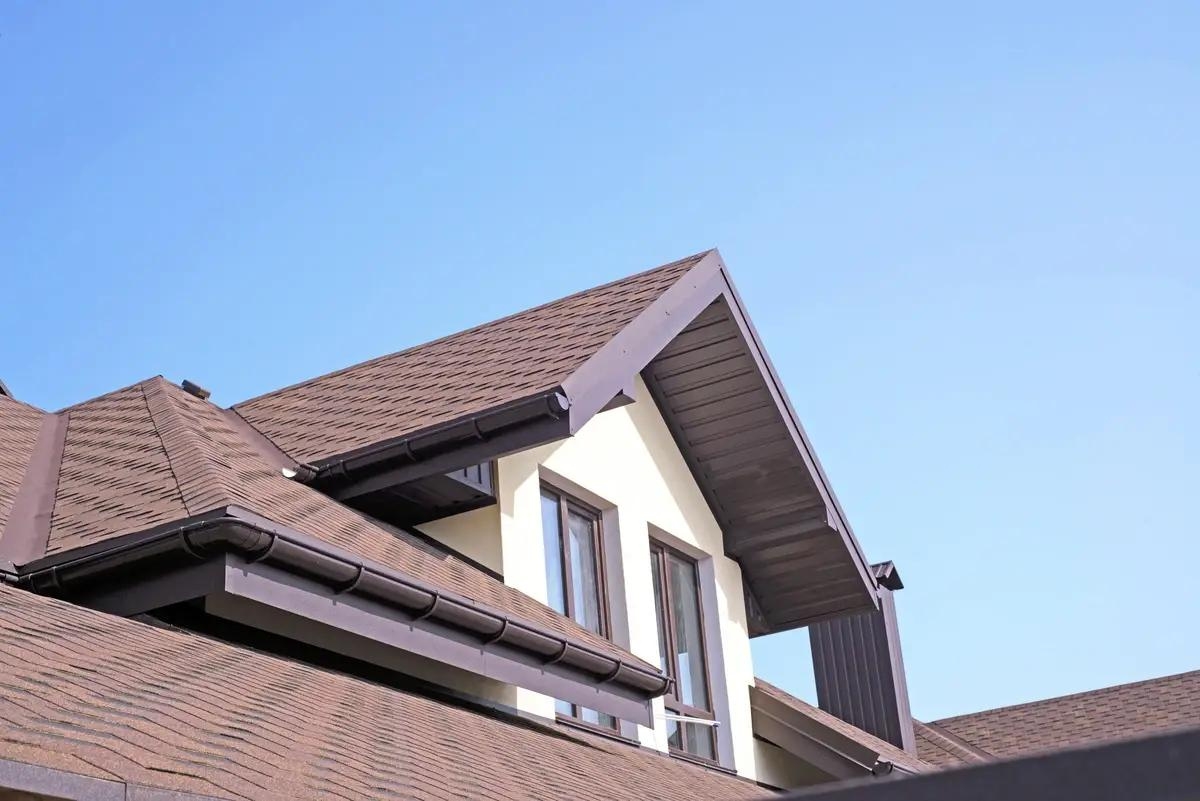
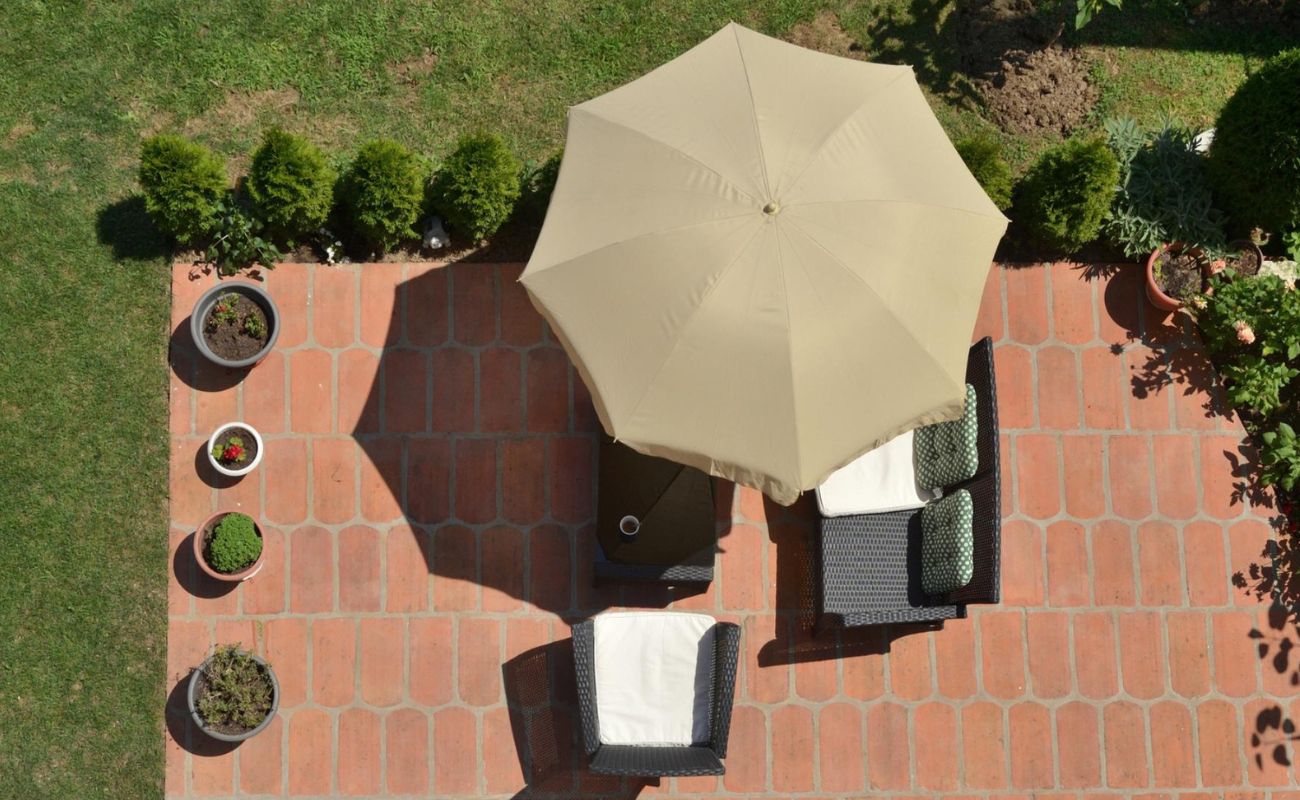
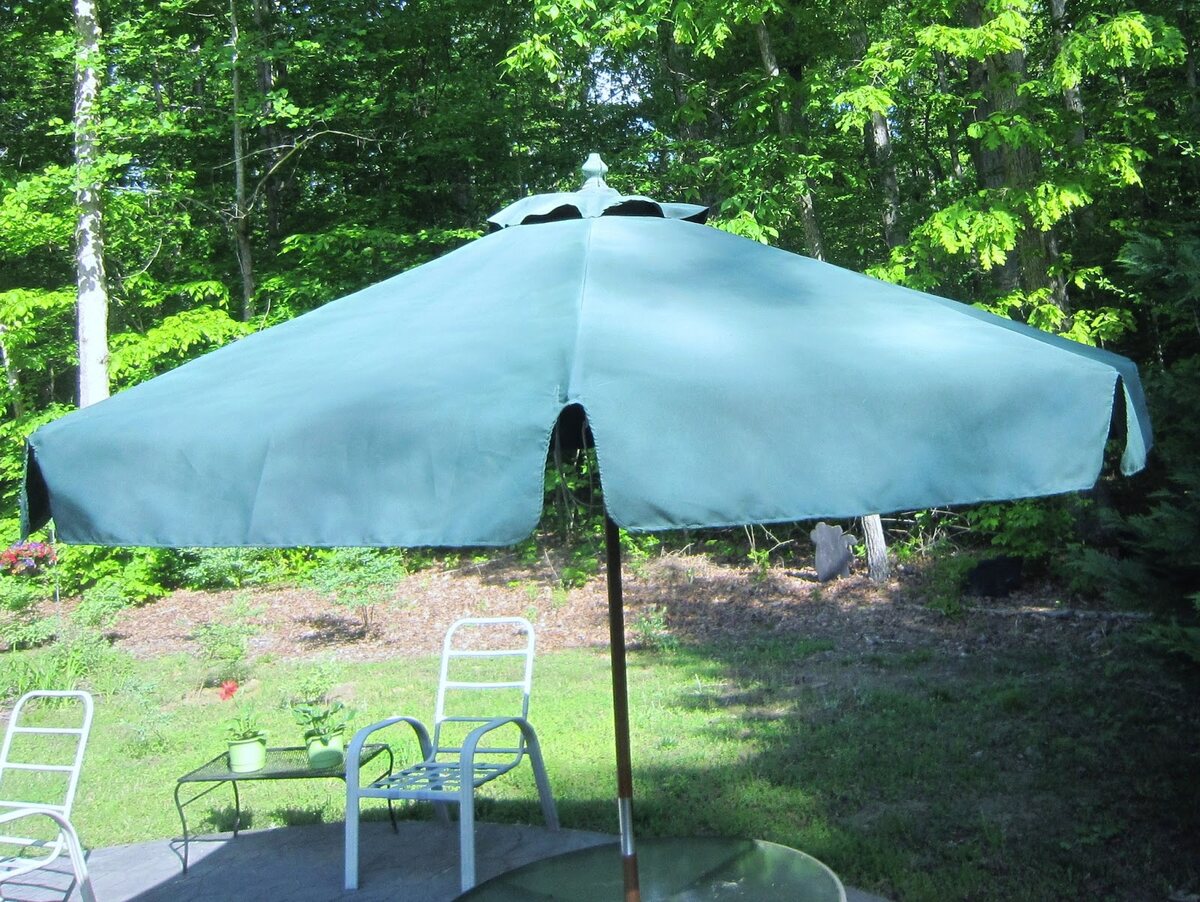
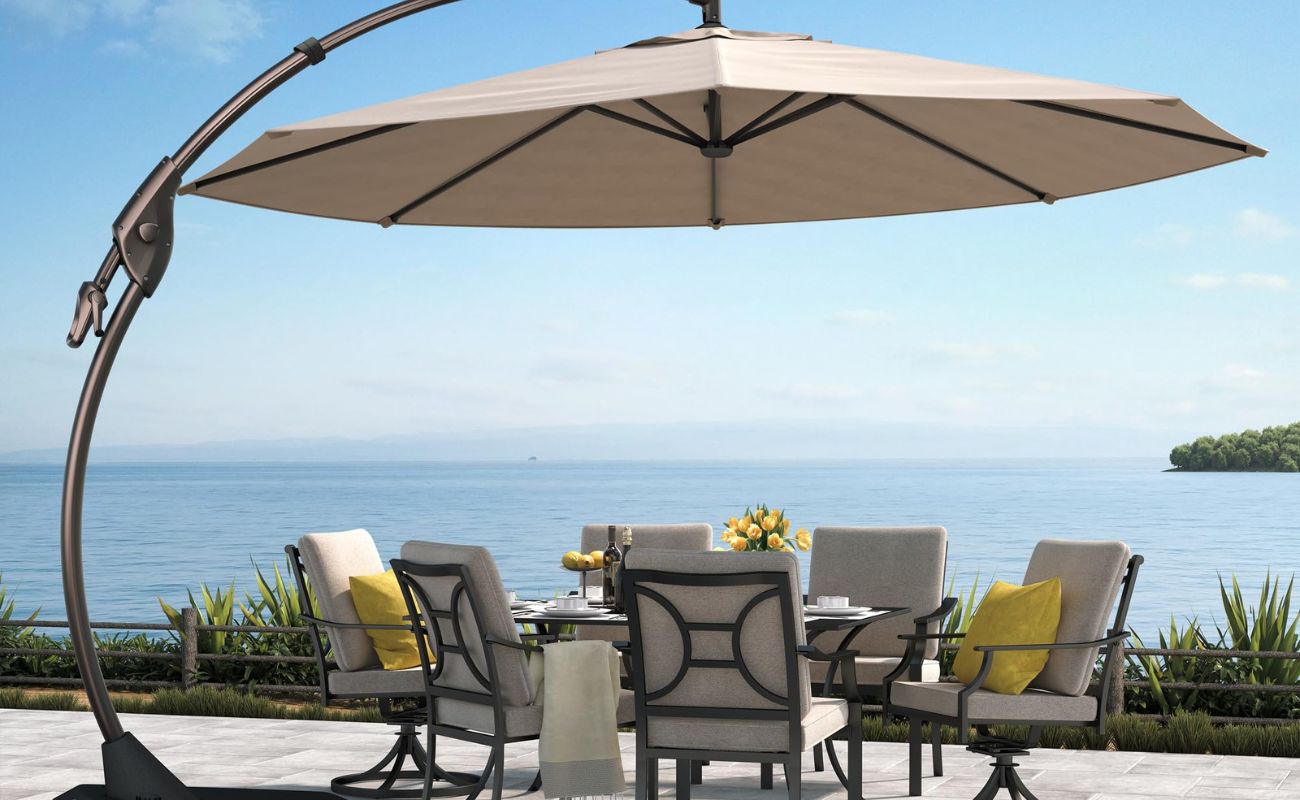
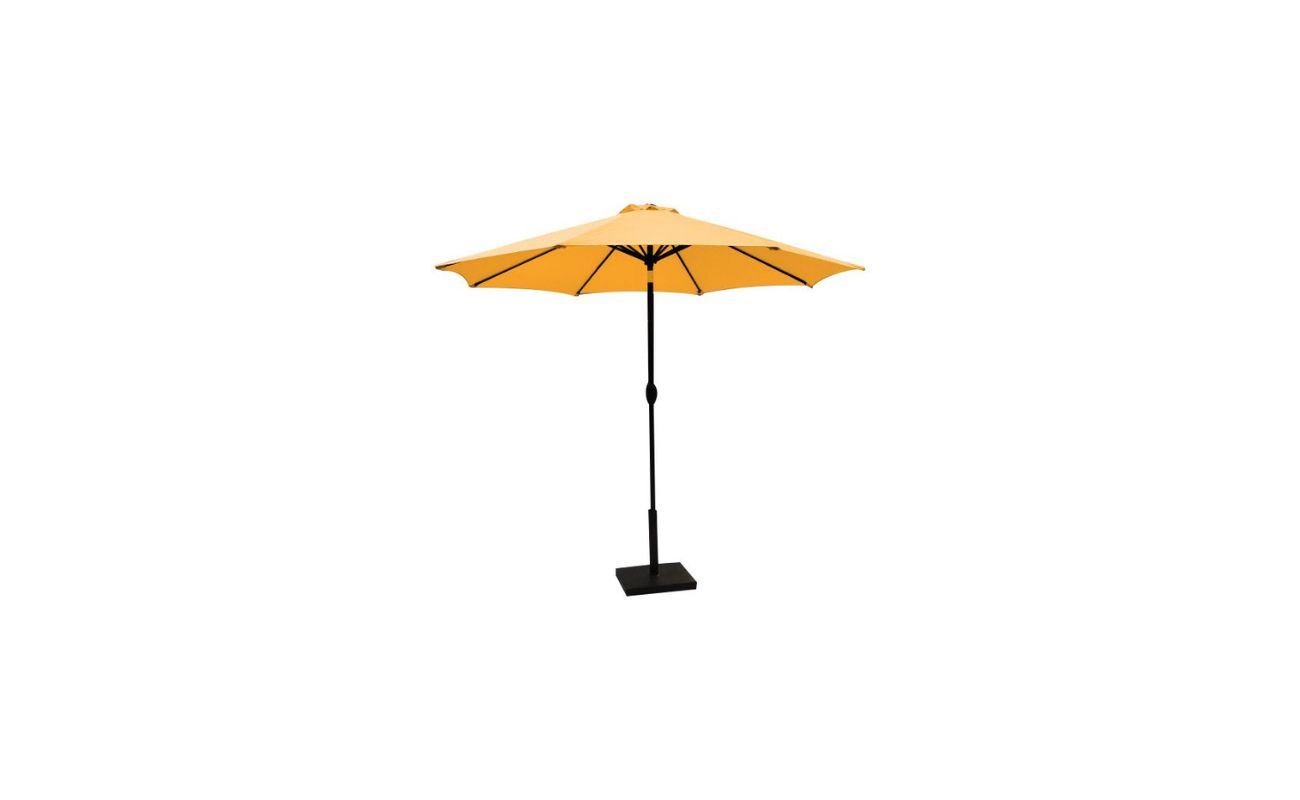
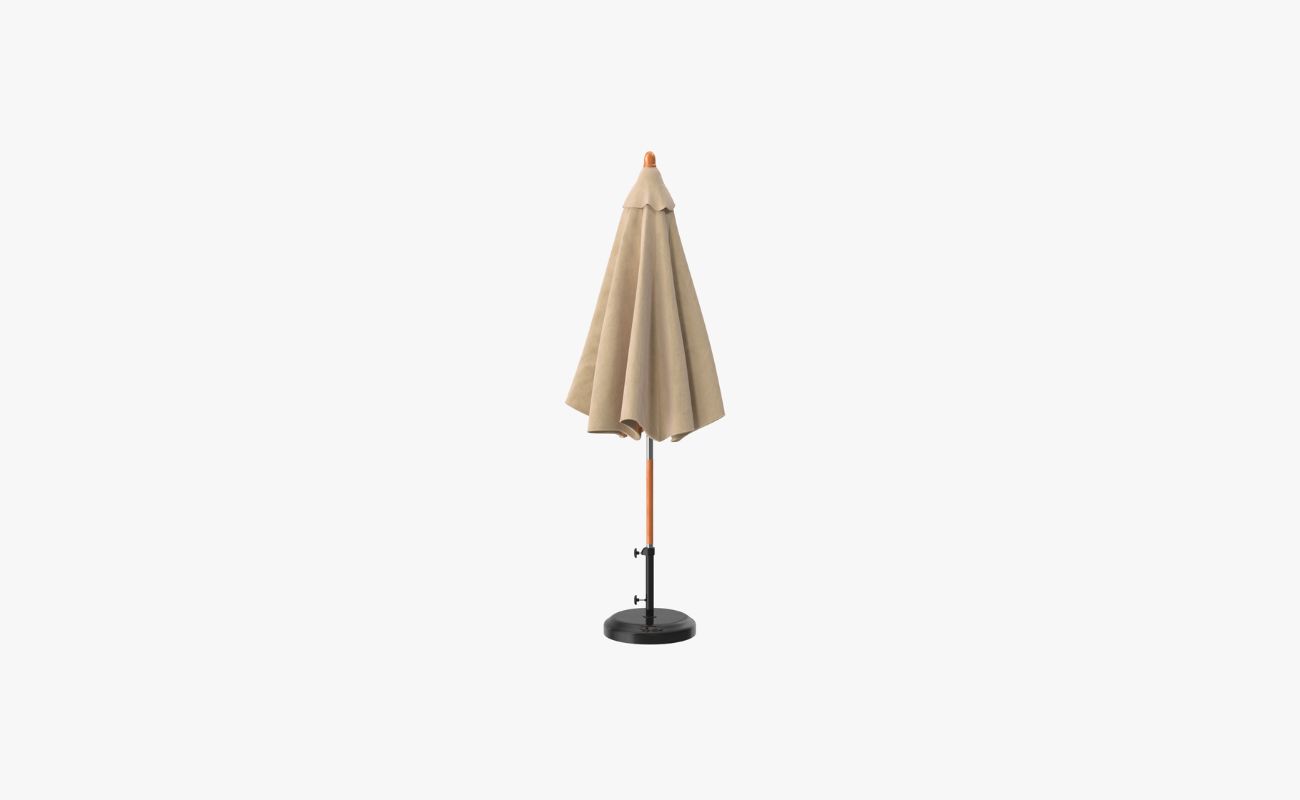
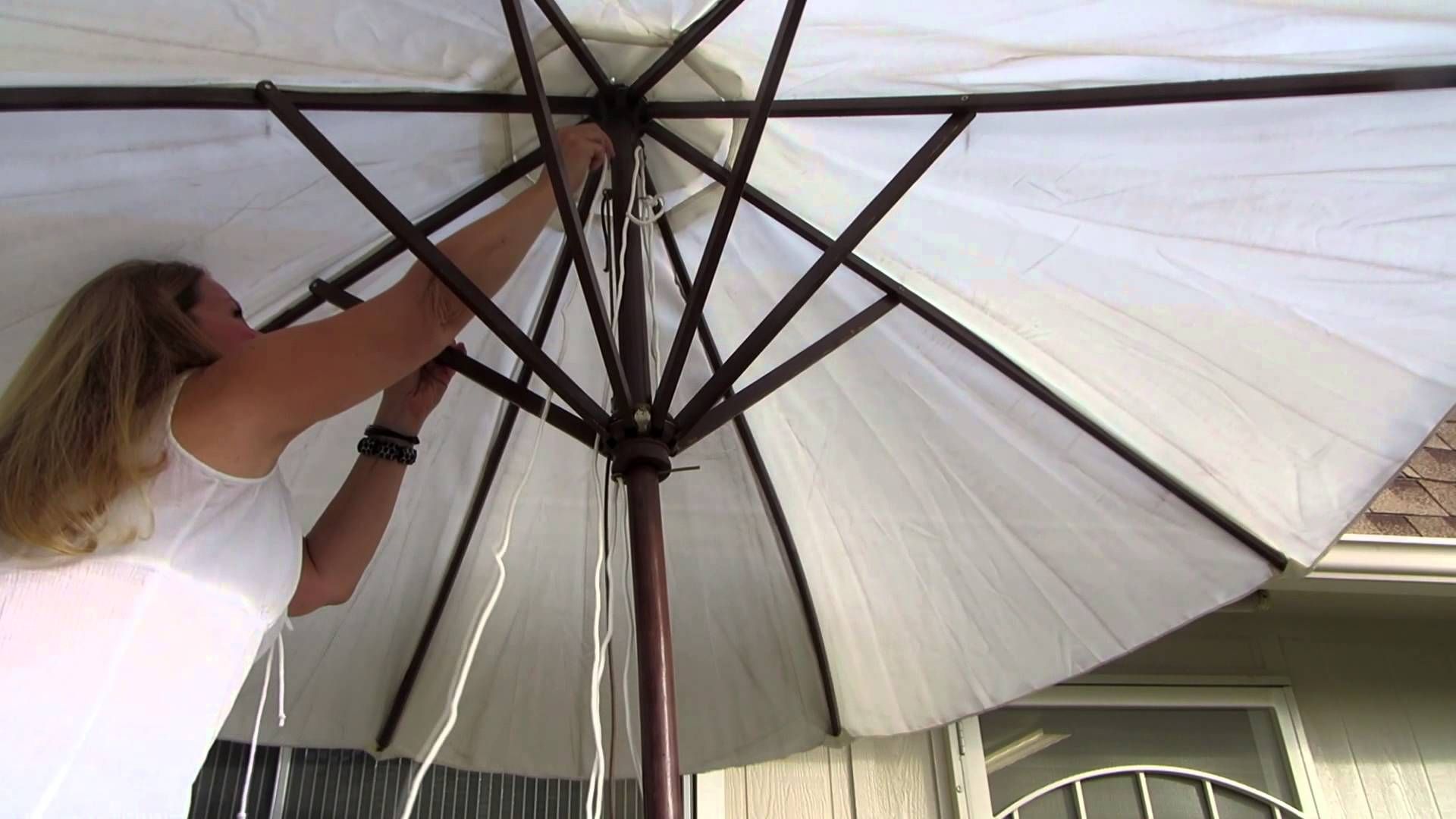
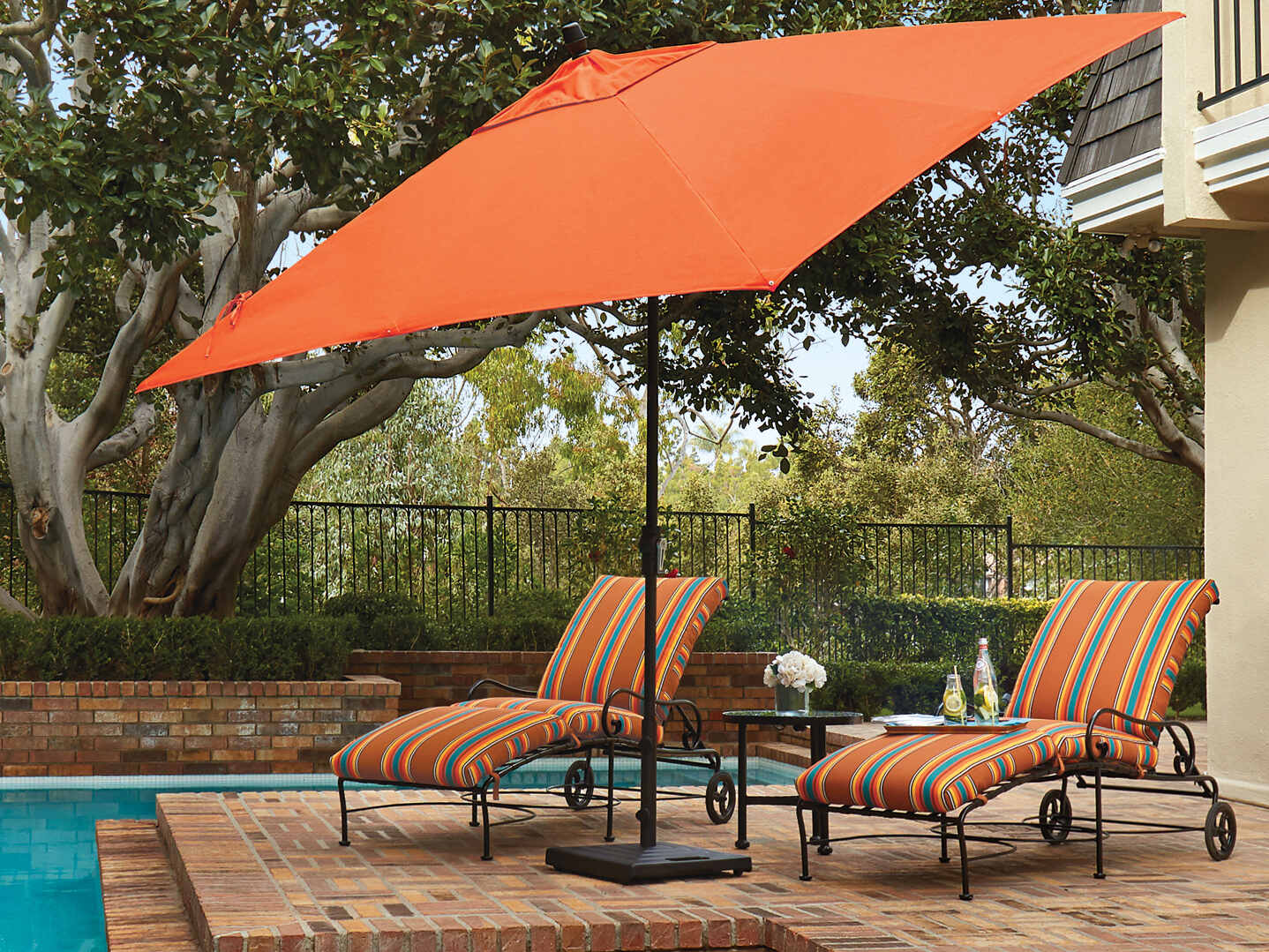
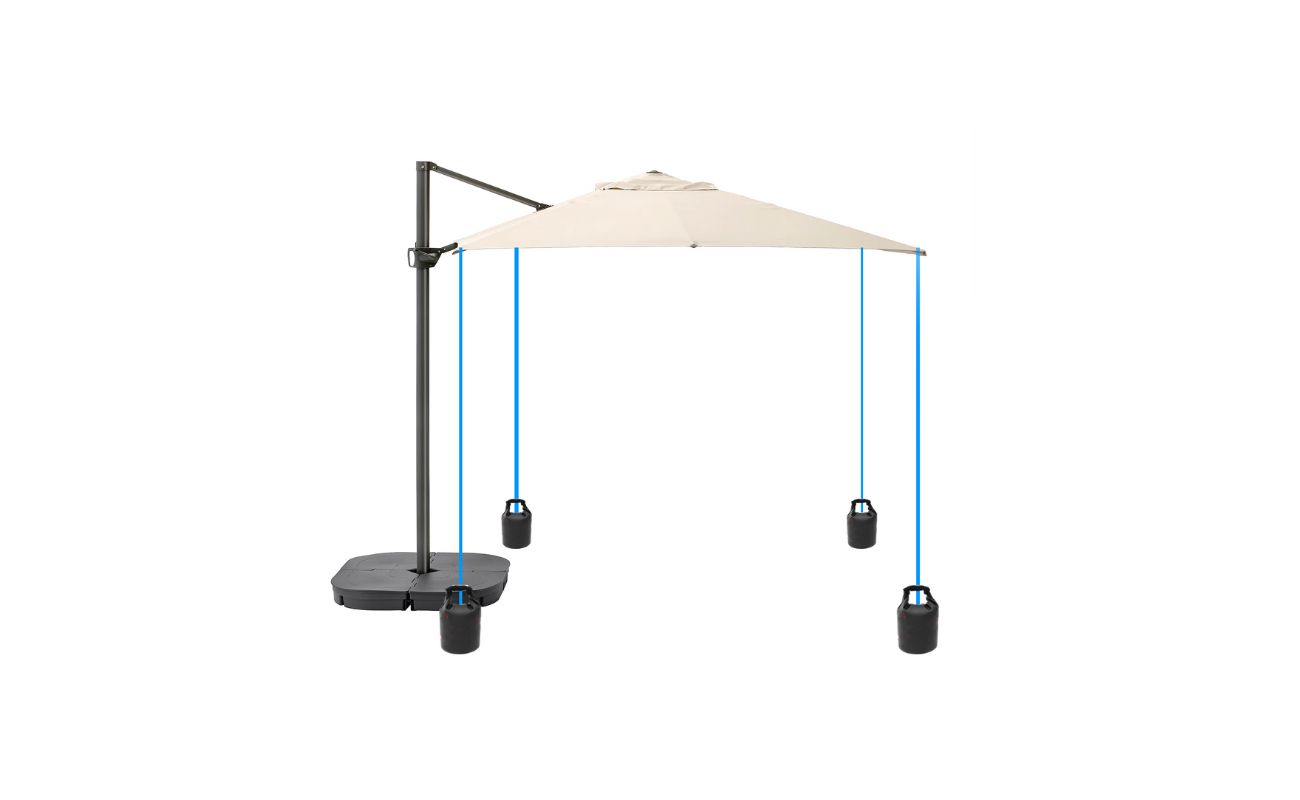
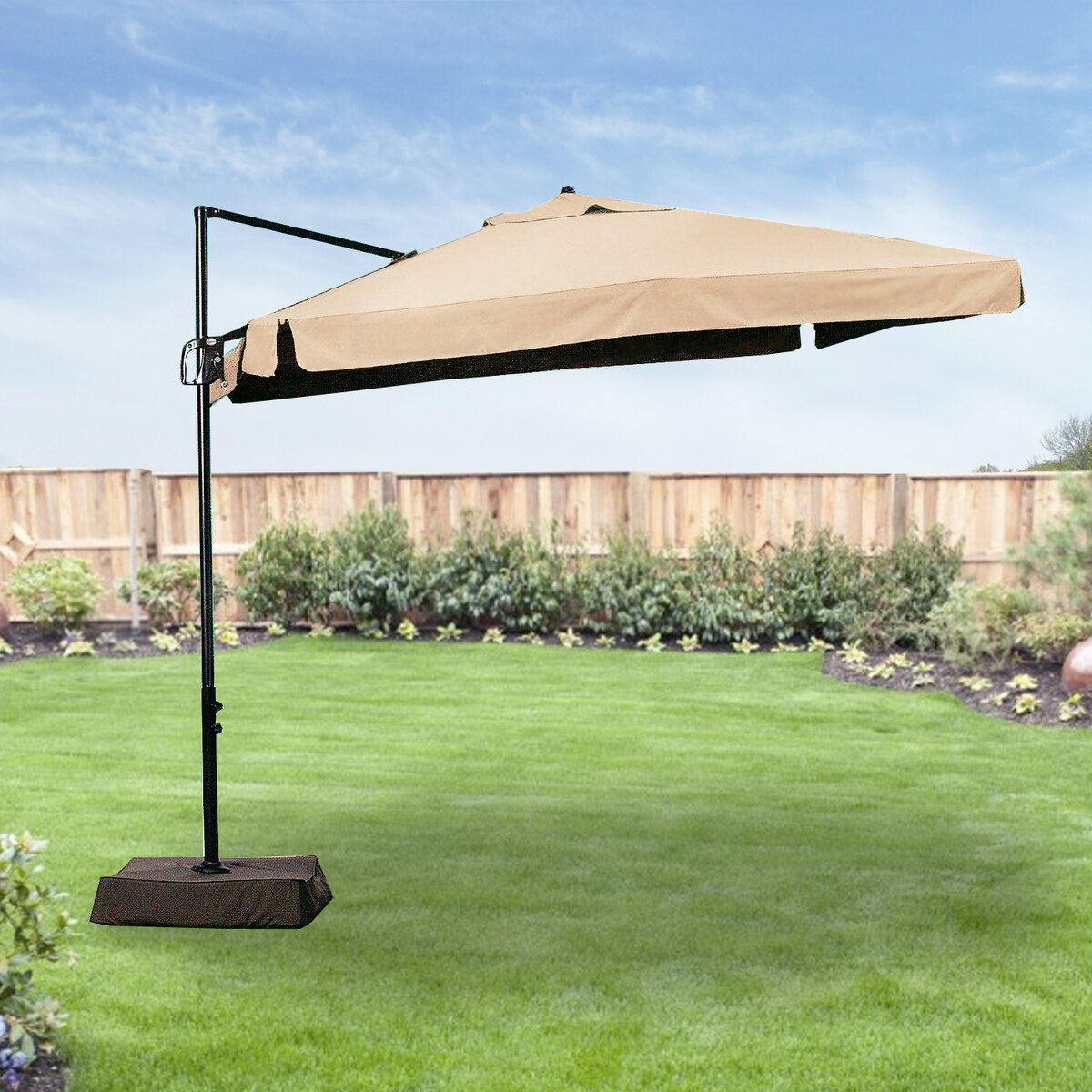
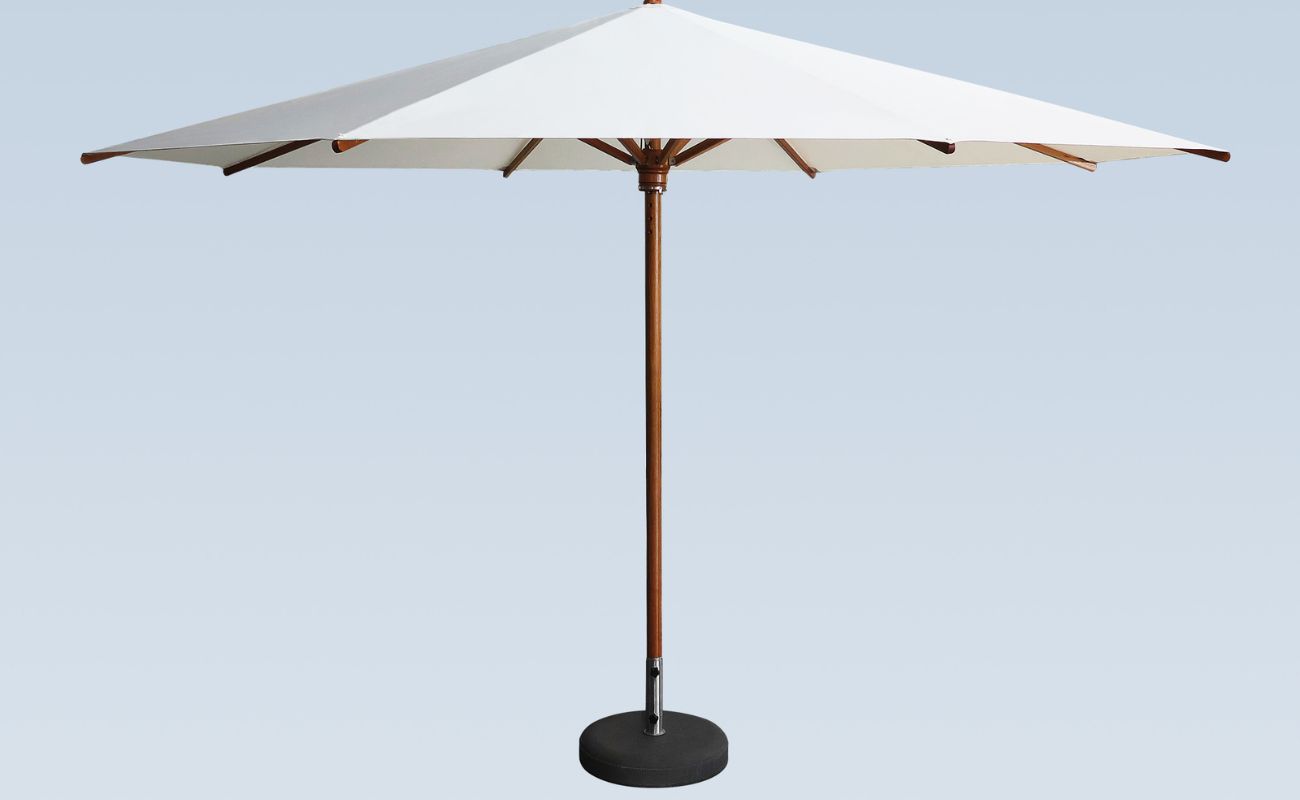

0 thoughts on “What Makes A Patio Umbrella Wind Resistant”